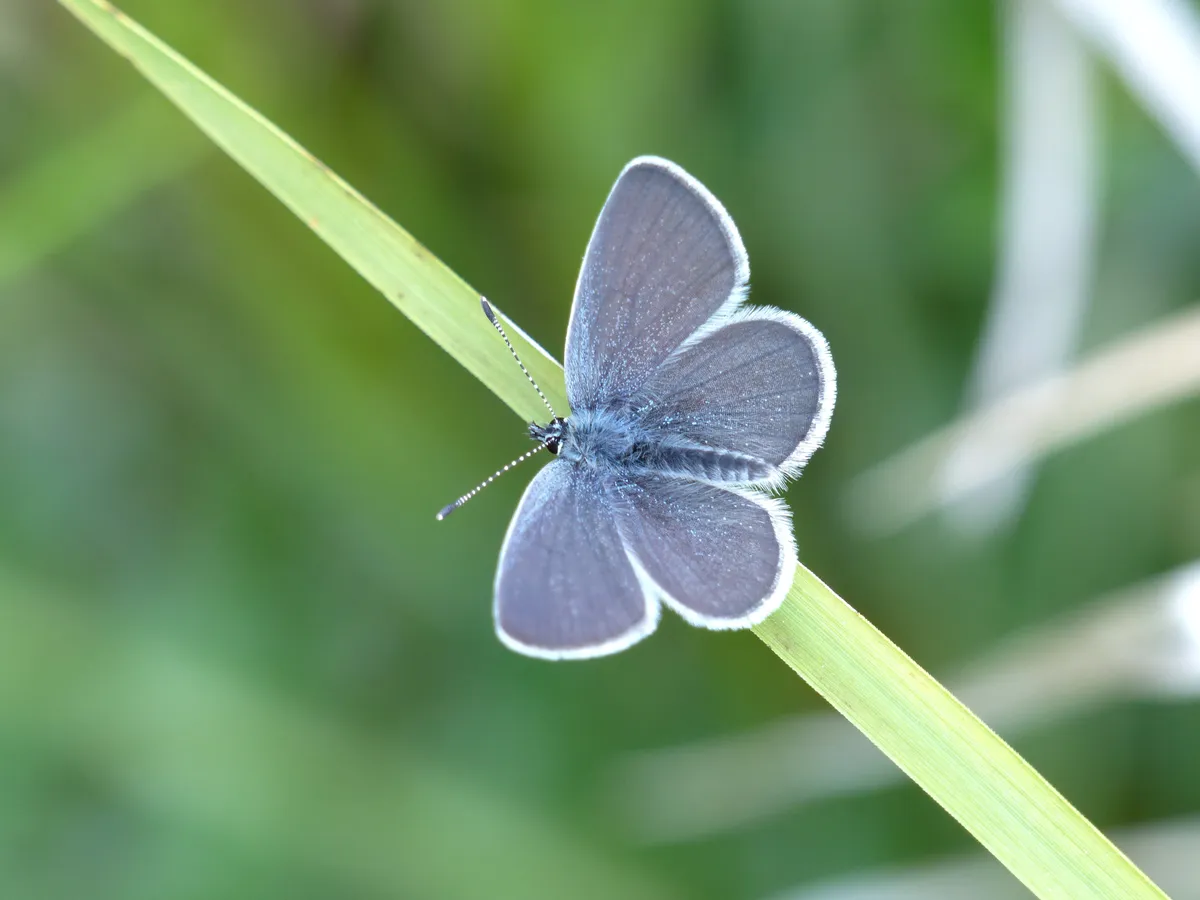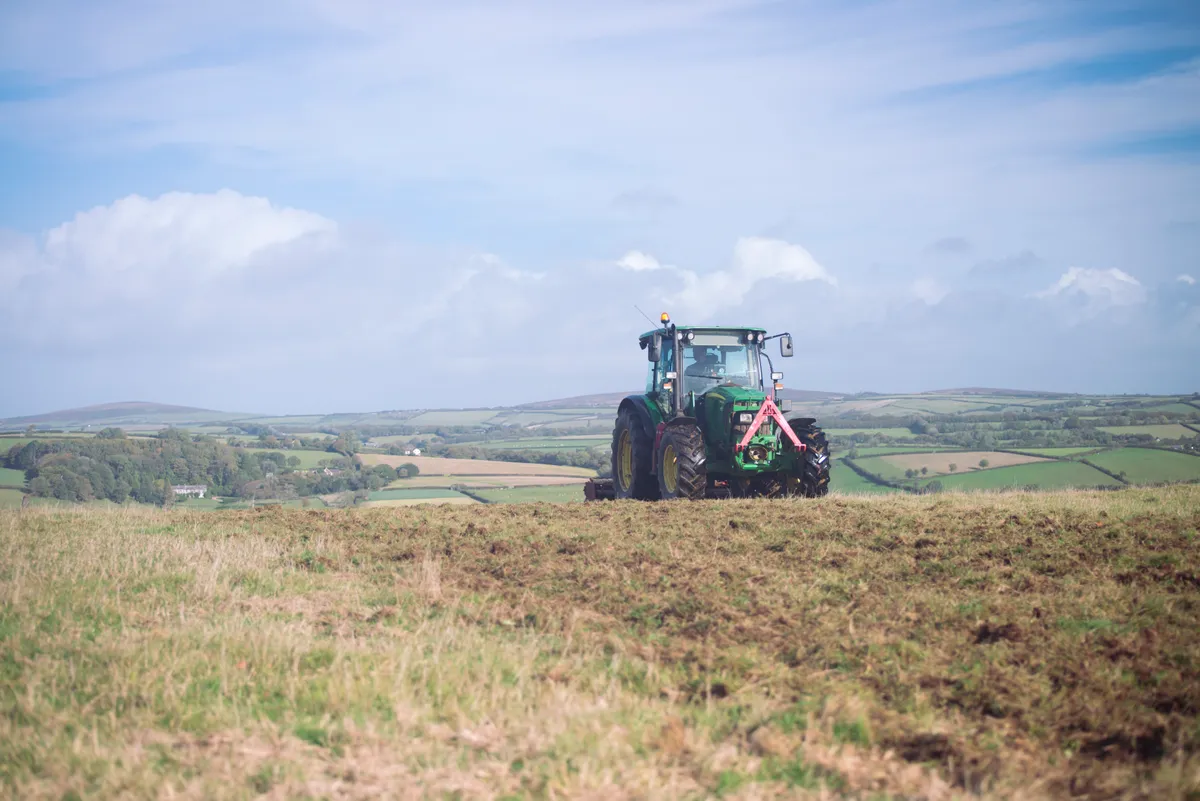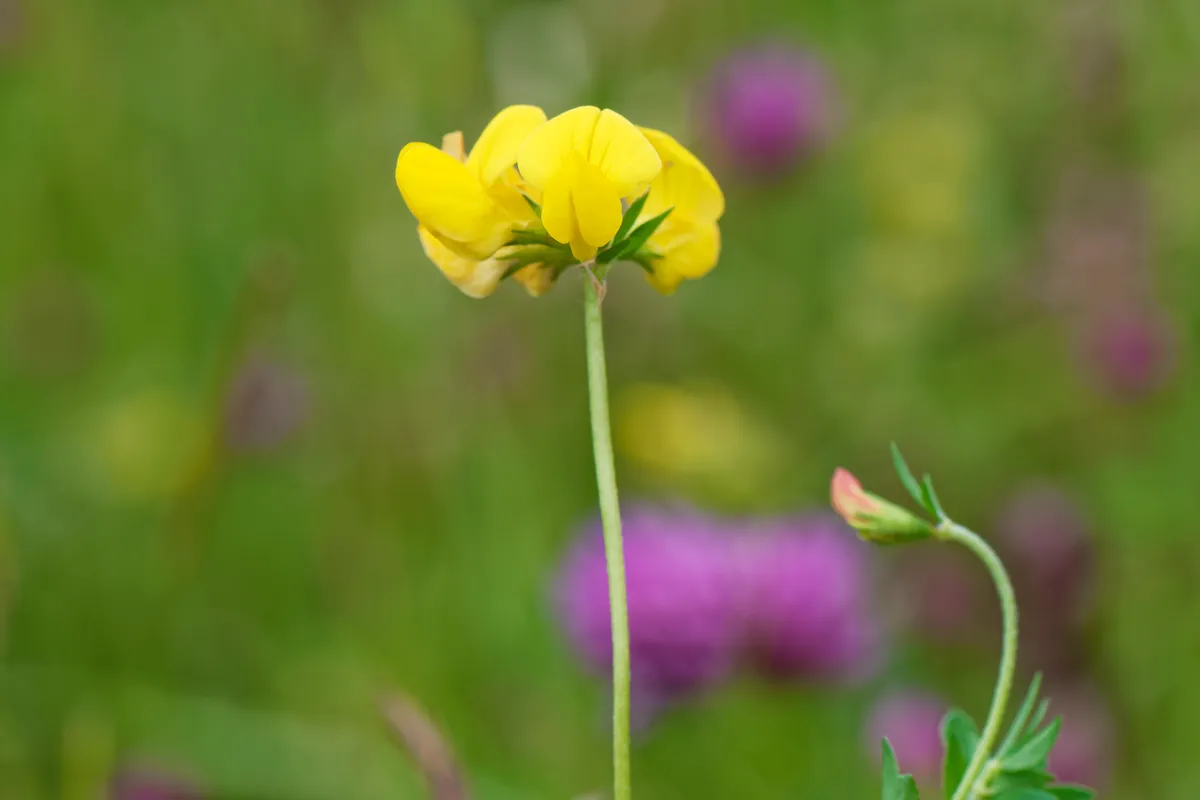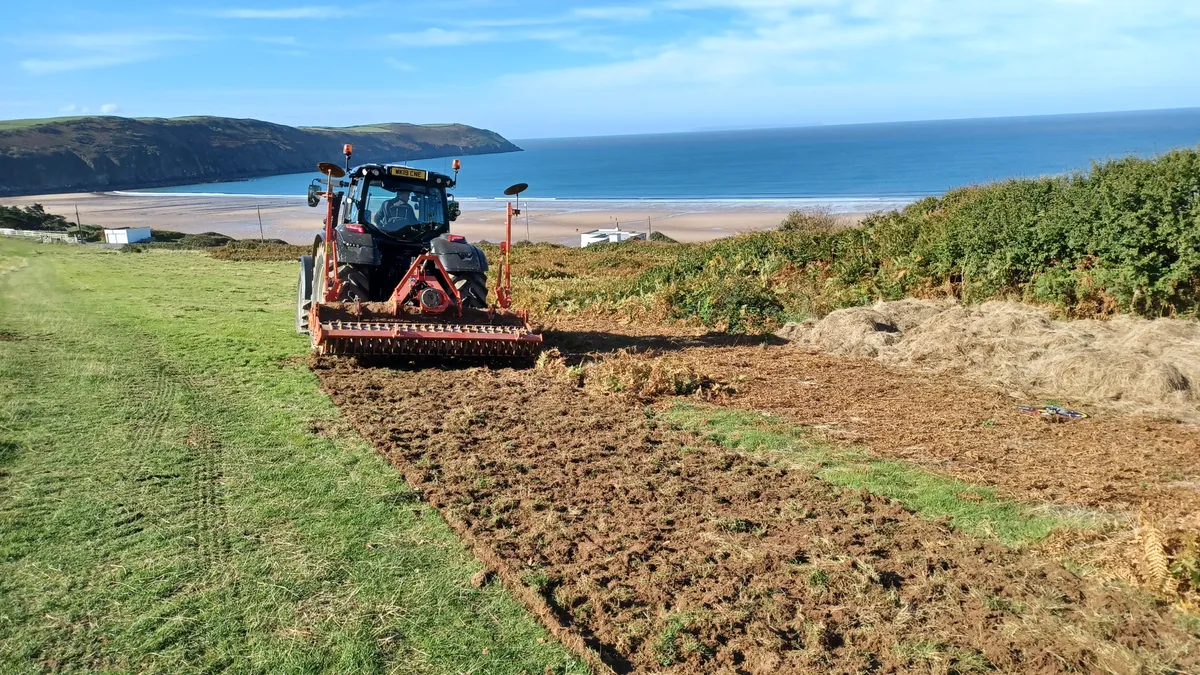After a century of city growth, industrialisation and innovation, the UK has lost some of its important habitat types for nature. With nature needed now more than ever, recent stats show that we have lost ninety-seven per cent of species rich grasslands – the equivalent to 4.5 million acres, or 2.55 million football pitches – nationally over the last century, with only one per cent remaining today.

This on-going loss of flower rich grasslands has seen the colour drain from our countryside, having a devastating impact on wildlife. Flower rich hay meadows and pastures are hugely important habitats for many of our endangered plants and the wildlife that rely on them, but they continue to face a wide range of threats including agricultural intensification and inappropriate management.

However, there is still time to reverse this trend. To help put a halt to the decline, and restore this important element of the UK’s biodiversity, the National Trust's ground-breaking grasslands restoration project working with tenant farmers, and dedicating land which it manages itself, will transform land with a patchwork of new meadows across 70 miles of the north Devon countryside.

It’s not about re-inventing the wheel – it’s about identifying marginal land where these grasslands will flourish, and allowing nature to do what it does best.
Nature joins the donor register
Eighty-six hectares of land have been sown in the first phase of the project at Woolacombe and Arlington Court. Dubbed as “donor sites” they will be an integral part of the project. From these donor sites, the first seed will be harvested in 2025, which in turn will be used to populate the surrounding fields to create a cohesive, well-established grasslands landscape with the highest chance of success.

Every hectare harvested from a donor site will provide seed to sow two more hectares, so the grasslands will expand exponentially. Using this ‘pyramid effect’, the project area will have been planted with seed from the local area by 2030. It is estimated that using donor sites in this way and phasing the project over the next eight years could save the conservation charity over £3 million.
Giving wildlife a hand
A specific wildflower mix was chosen for each of the project sites, to best support the local ecology. On open fields, birdsfoot trefoil and knapweed have been sown to benefit hundreds of different insects, while by the coast species such as kidney vetch and viper’s-bugloss were sown to complement the sand dunes and cliff tops, which are good for blue butterflies and especially the small blue which is scarce in the west country.

Once established, the meadows will also attract a variety of important species such as voles, pollinators and bats. And it will also be a sight to behold for people too – with meadows flowering from April through to August.
This work is an integral part of how we can turn to Nature Based Solutions to tackle the twin crises of climate change and nature’s decline. The creation of new grasslands will contribute to the conservation charity’s aim to create 25,000 hectares of priority habitat by 2025. We are fighting to preserve the UK’s grasslands, so the colour can return to our countryside and these crucial habitats can stay accessible – for everyone, for ever.





